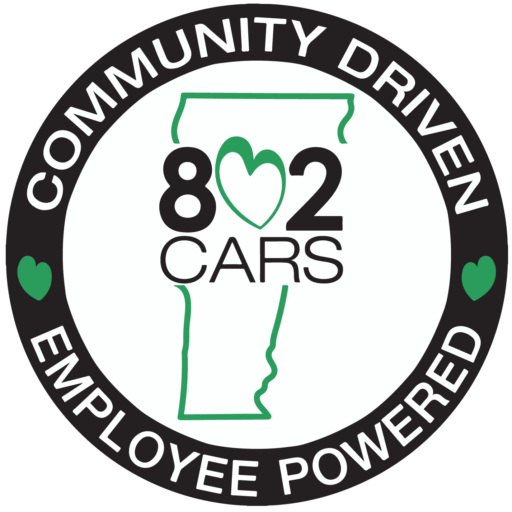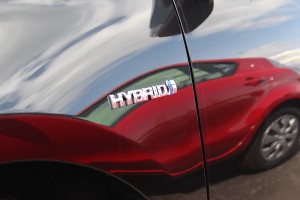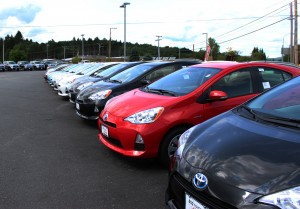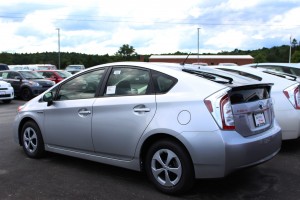Not everyone has a fuel efficient vehicle like a hybrid, so here is a list to help you save money at the pump and put more cash in your pocket.
1. Driving more efficiently
- Drive Sensibly: Aggressive driving (speeding, rapid acceleration and braking) wastes gas. It can lower your gas mileage by 33% at highway speeds and by 5% around town. Sensible driving is also safer for you and others, so you may save more than gas money.
- Avoid Hauling Cargo on Your Roof: A large, blunt roof-top cargo box, for example, can reduce fuel economy by around 2% to 8% in city driving, 6% to 17% on the highway, and 10% to 25% at Interstate speeds (65 mph to 75 mph).
- Avoid Excessive Idling: In Vermont, there is a law against idling your car for more than 5 minutes in a 60 minute period of time. Please be sure to abide by this law to protect the environment and to stop from draining your wallet and fuel tank. Idling can use a quarter to a half gallon of fuel per hour, depending on engine size and air conditioner (AC) use. Turn off your engine when your vehicle is parked. It only takes a few seconds worth of fuel to restart your vehicle. Oh and be sure to take your kids and pets with you. DO NOT leave them in a hot car for even a minute.
2. Keeping Your Vehicle in Shape
- Keeping Your Engine Properly Tuned: Fixing a car that is noticeably out of tune or has failed an emissions test can improve its gas mileage by an average of 4%, though results vary based on the kind of repair and how well it is done.
- Keep Tires Properly Inflated: You can improve your gas mileage by up to 3.3% by keeping your tires inflated to the proper pressure. Under-inflated tires can lower gas mileage by 0.3% for every 1 psi drop in pressure of all four tires. Properly inflated tires are safer and last longer.
- Use the Recommended Grade of Motor Oil: You can improve your gas mileage by 1%–2% by using the manufacturer’s recommended grade of motor oil.
3. Planning and Combining Trips
- Combining errands into one trip saves you time and money. Several short trips taken from a cold start can use twice as much fuel as a longer multipurpose trip covering the same distance when the engine is warm. Trip planning ensures that traveling is done when the engine is warmed-up and efficient, and it can reduce the distance you travel.
- Commuting:
- Stagger your work hours to avoid peak rush hours.
- Drive your most fuel efficient vehicle to work.
- Take advantage of carpools and ride-share programs. You can cut your weekly fuel costs in half and save wear on your car if you take turns driving with other commuters. Many urban areas allow vehicles with multiple passengers to use High Occupancy Vehicle (HOV) lanes which are typically less congested, further improving your fuel economy.
4. Choosing a More Fuel Efficient Vehicle
- Selecting which vehicle to purchase is the most important fuel economy decision you’ll make. The difference between a car that gets 20 MPG and one that gets 30 MPG amounts to $885 per year (assuming 15,000 miles of driving annually and a fuel cost of $3.54). That’s $4,425 extra in fuel costs over five years!
If you are interested in purchasing or leasing a fuel efficient vehicle, be sure to take a look at 802 Toyota’s large inventory of the affordable Prius, Prius C, Avalon Hybrid and Camry Hybrid. You’re going to like what we have to offer: 802 Toyota’s Hybrids and EV Models.
Content Sources: The Vermont Statutes Online, FuelEconomy.gov



